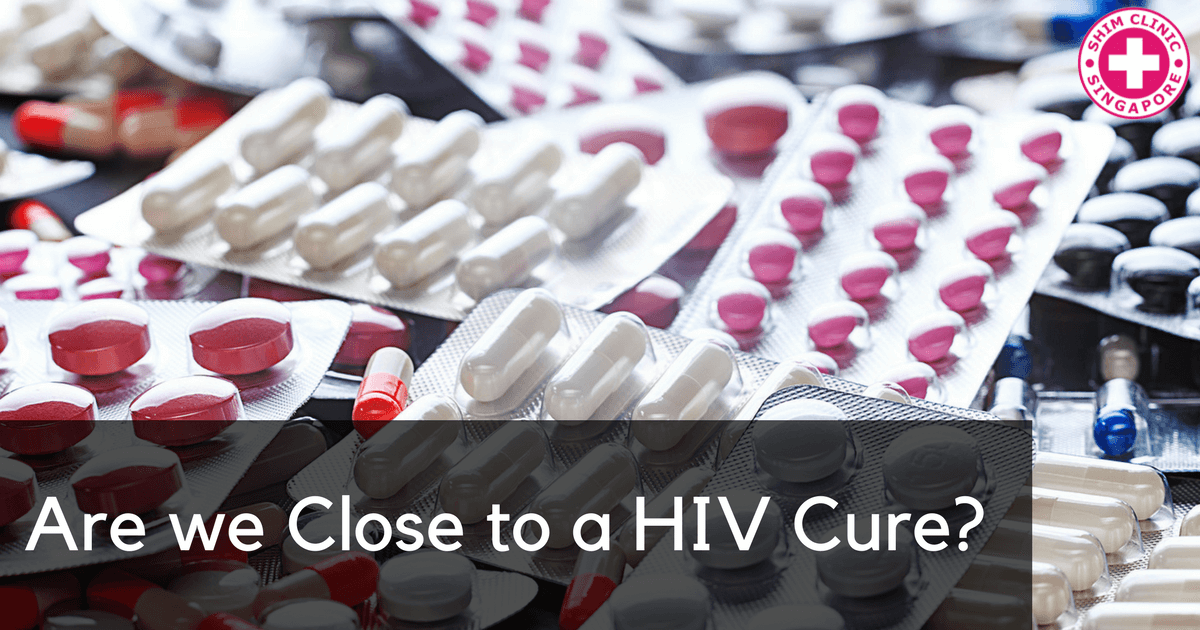While HIV is still one of the biggest calamities the world over, its severity is not as bad as it was 30 years ago. Today, efforts have been made to prevent new infections and more people are now pretty much aware of the existence of HIV/AIDS.
The best part is that today, contracting HIV is no longer a death sentence thanks to advancements in medicine. Thanks to continuous research, HIV is no longer progressing to full blown AIDS as fast as it did a couple of years ago. This has given a new lease of life to patients. HIV patients are now living a longer, healthier and fulfilling life thanks to protease inhibitors such as antiretroviral therapy (ARVs).
How about stigmatization? While it’s still there, people are more accepting of HIV/AIDS patients than they were a few years ago.
Are We There Yet?
While all these improvements are great news, the one concern that still remains is that HIV is one of the most stubborn viruses that still has no cure. HIV has been compared to major lethal diseases such as smallpox and polio. These diseases cause the body to produce an inefficient immune response to the viruses that cause the diseases. We can therefore, prevent the diseases but not cure them once an individual is infected.
Luckily, with smallpox and polio, a vaccine was discovered saving lives. Now how about HIV? unfortunately, a preventive vaccine still remains elusive. Scientists and medics are however, hopeful that some day HIV will be declared completely cured.
Just how close are we to this day? According to experts who refuse to tire to look for a cure, we’re getting there.
Huge Advancements in HIV Treatment Raise Hope of a Cure
Major gains have been seen in treating HIV to date. Thanks to effective treatment methods, doctors have been able to greatly reduce new HIV infections caused by mother-to-child transmission. This has in return seen reduced mortality and morbidity rates in newborns born infected. Mother-to-child infections were in the past universally fatal but this is now controlled through administering a pill daily.
Another huge milestone has been in preventive measures administered to high risk groups such as healthcare workers, men having sex with men (MSM), sex workers and rape victims. Such measures include HIV post-exposure prophylaxis (PEP) and Pre-exposure prophylaxis (PrEP). Both measures have proven effective in preventing HIV infections if administered correctly.
Another gain has been in developing HIV drugs that more potent, convenient, and less toxic to the patients. Such drugs have succeeded in controlling problematic side effects such as diarrhea and nerve damage].
With these gains, there is high optimism among scientists and researchers that will soon be able to cure HIV.
For now though, we remain thankful that researchers and scientists have been able to make huge strides in coming up with prevention strategies including early HIV testing especially for high risk groups and the use of PEP and PrEP. these strategies continue to reduce transmission rates tremendously.


Pingback: The Barriers to HIV Testing and Treatment Access in Europe